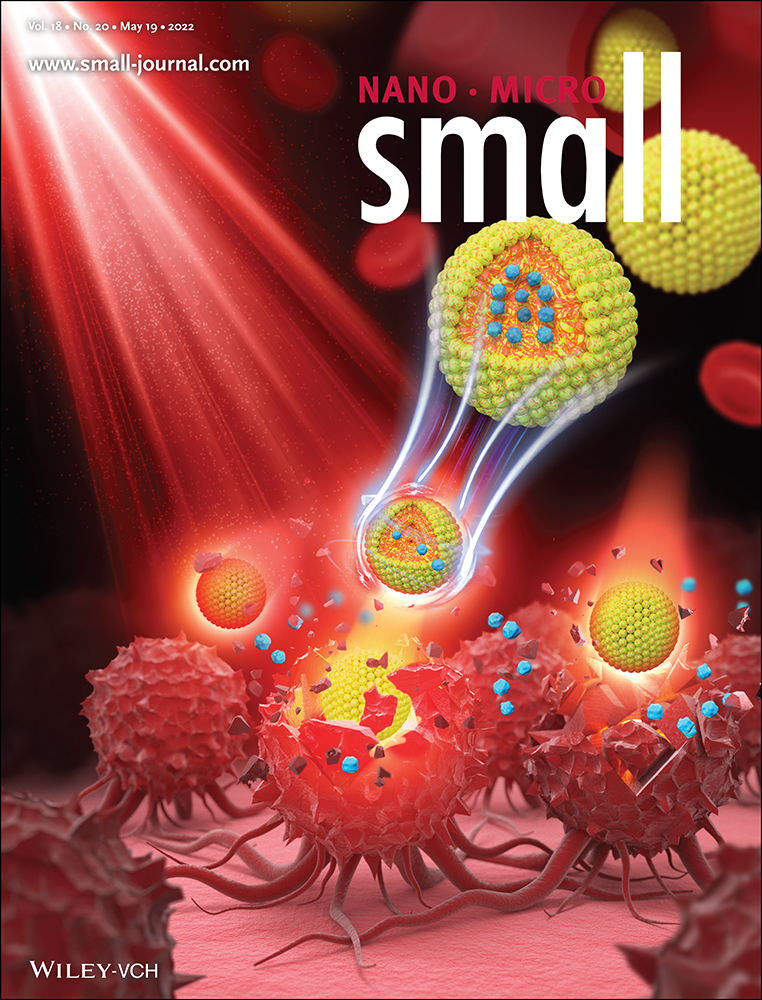Deep Learning-Assisted Automated Single Cell Electroporation Platform for Effective Genetic Manipulation of Hard-to-Transfect Cells (Small 20/2022)
Graphical Abstract
Genetic Manipulation
In article number 2107795, Horacio D. Espinosa and co-workers present an automated nanopipette-based single cell electroporation system using arrays of microwells, a deep convolutional neural network for cell nuclei localization, and hardware and software for cell–nanopipette contact detection. The system enables CRISPR/Cas9 gene editing and cell perturbation studies with unprecedented throughput, efficiency, and cell viability. Applications include generation of isogenic cell lines, delivery of plasmids for reporter expression, and Cas9 ribonucleoprotein complexes for gene knockout.





